Ignacio Rosenberg – Brave Light
Posted on March 5, 2024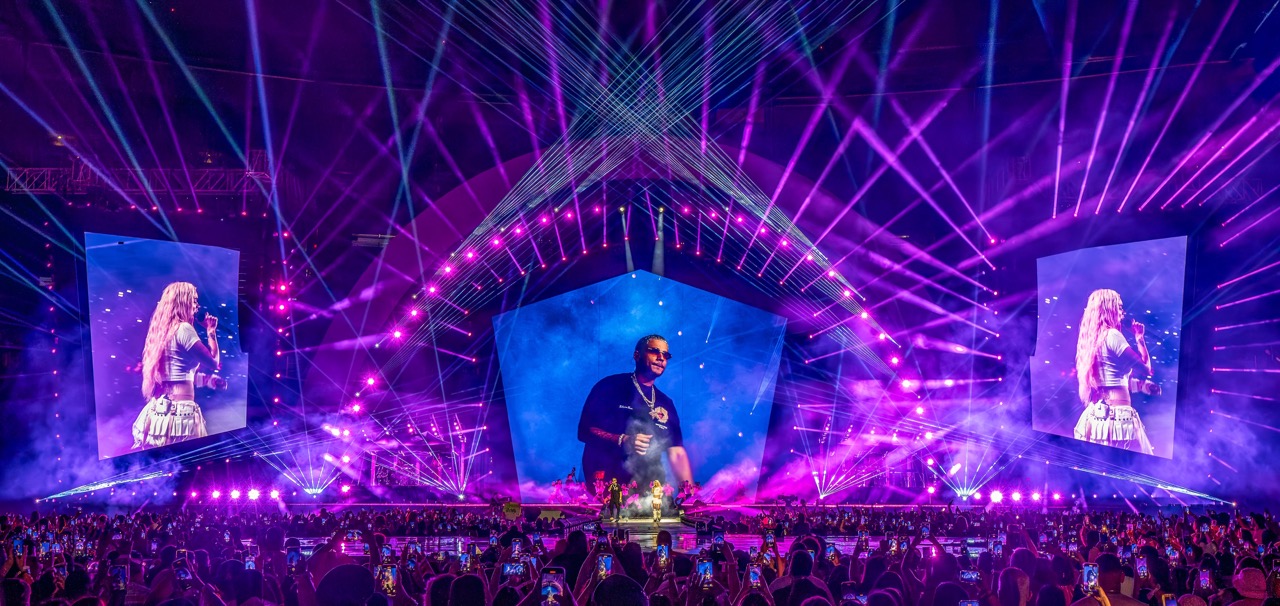
Photo: Scott Harris
Inspiration, vision, insight… all must be present for creativity to flourish, but at the end of the day, any creative concept requires courage above all else if it is to be turned into a reality. Henri Matisse recognized this when he wrote “another word for creativity is courage,” shortly before he went on to revolutionize the use of color in painting.
This spirit has shined brightly in the career of this Buenos Aires-born lighting designer and director. That much was beautifully evident to anyone who saw Ignacio (“Iggy”) Rosenberg’s work on the recent Karol G Mañana Será Bonito tour.
Working as the lighting designer with production designer Travis Shirley, Rosenberg set aside what he called his “generally quite monochromatic” orientation, to create a stunning multi-colored panorama. It was a challenge, but like all brave creatives, challenges are what drives him to take his efforts to new places.
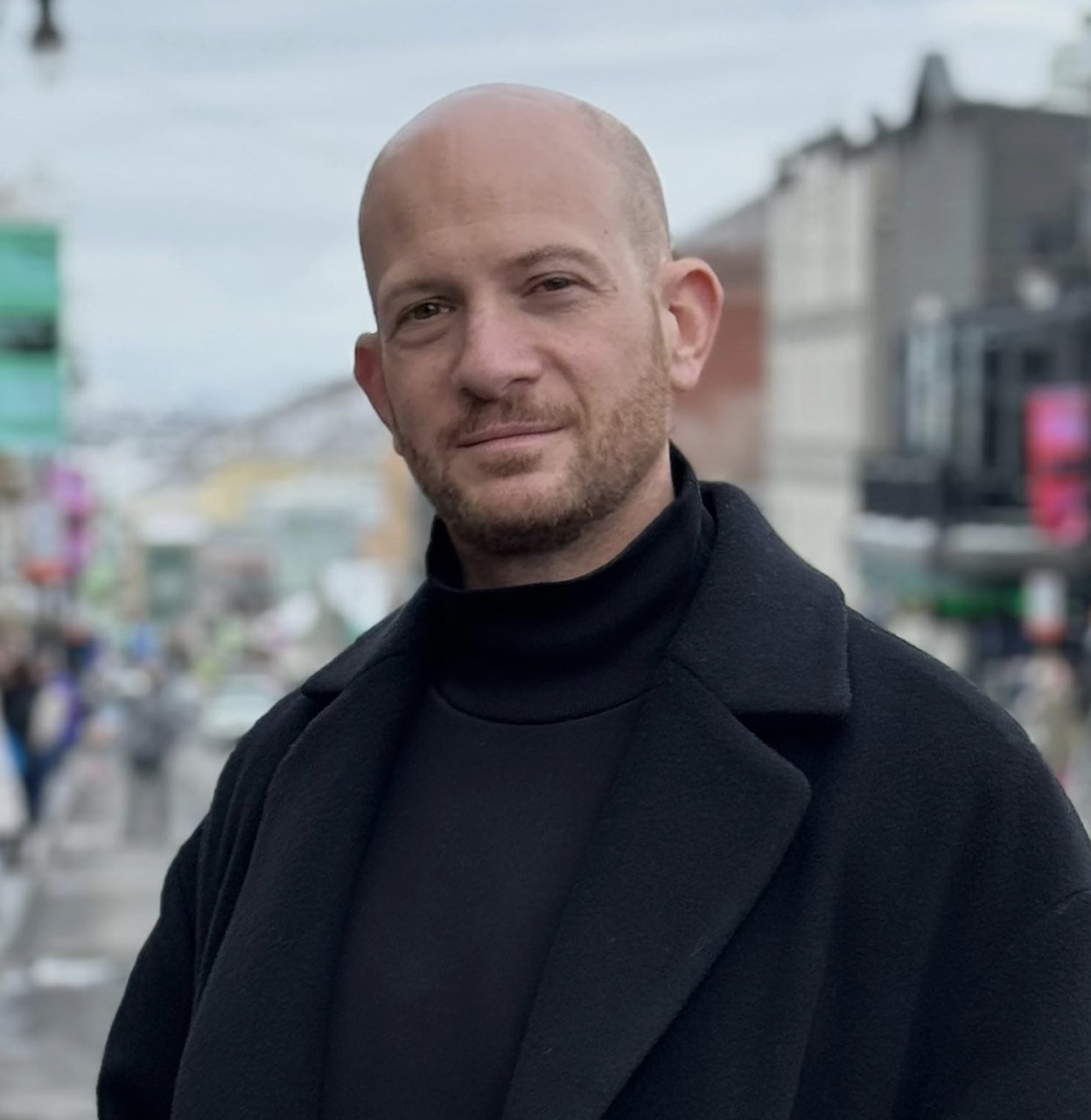 Colors are not the only thing that Rosenberg has pushed new ideas with. He’s also always willing to step outside his comfort zone to explore new geometric shapes and strobing concepts. On a more pragmatic level, he continuously looks for ways to keep down the cost of production. This combination has made him popular as a designer and director, in a career that has seen him design or execute large tours by the likes of Def Leppard, Tesla, R.E.M, Janet Jackson, Bullet For My Valentine, and Art Of Dying in addition to Karol G.
Colors are not the only thing that Rosenberg has pushed new ideas with. He’s also always willing to step outside his comfort zone to explore new geometric shapes and strobing concepts. On a more pragmatic level, he continuously looks for ways to keep down the cost of production. This combination has made him popular as a designer and director, in a career that has seen him design or execute large tours by the likes of Def Leppard, Tesla, R.E.M, Janet Jackson, Bullet For My Valentine, and Art Of Dying in addition to Karol G.
Rosenberg, who now lives in Salt Lake City and is a senior director of Lightswitch Chicago, talked to us about the courageous power of light.
You’ve said that you always try to bring a show into the audience. How were you able to create this kind of intimacy on Karol G’s recent Mañana Será Bonito tour, which included some extraordinarily large venues like the Rose Bowl and Cotton Bowl?
“It’s essential everyone is on board with this idea, and a lot of that comes from the notion that the audience is there to attend an event, not simply see a show. The entire team must design with that purpose in mind. Luckily Karol certainly, and most definitely, wants to see and interact with her fans. Along with that, Travis Shirley, the production designer, gave me all the positions I could possibly want to hang lights to cover a full stadium’s worth of audience. Then, Roly Garbalosa, our production manager, was able to accommodate some less-than-common positions. We had four towers that would normally just be audio delay and follow-spots that we were able to cram with fixtures to light people all the way at the back and top of the seating. Our IMAG screens were surrounded by fixtures as well. Everyone was invited to the party in this tour.”
We were impressed with how you used a very broad array of colors on that tour, often unconventional ones at that, while always having the mix look harmonious. Yet, some designers are reluctant to combine too many colors. What would you say to them?
“We’re designers, our roles are to support and project the stage picture out to the audience, and draw the audience in. If the artist, the music, the other designers have ideas of colors that work, it should be seen as a challenge to accept those and work within them. The most important thing is to make those decisions consciously, to be brave and have an idea of the flow of the show and how color can help the environment on and off the stage.”
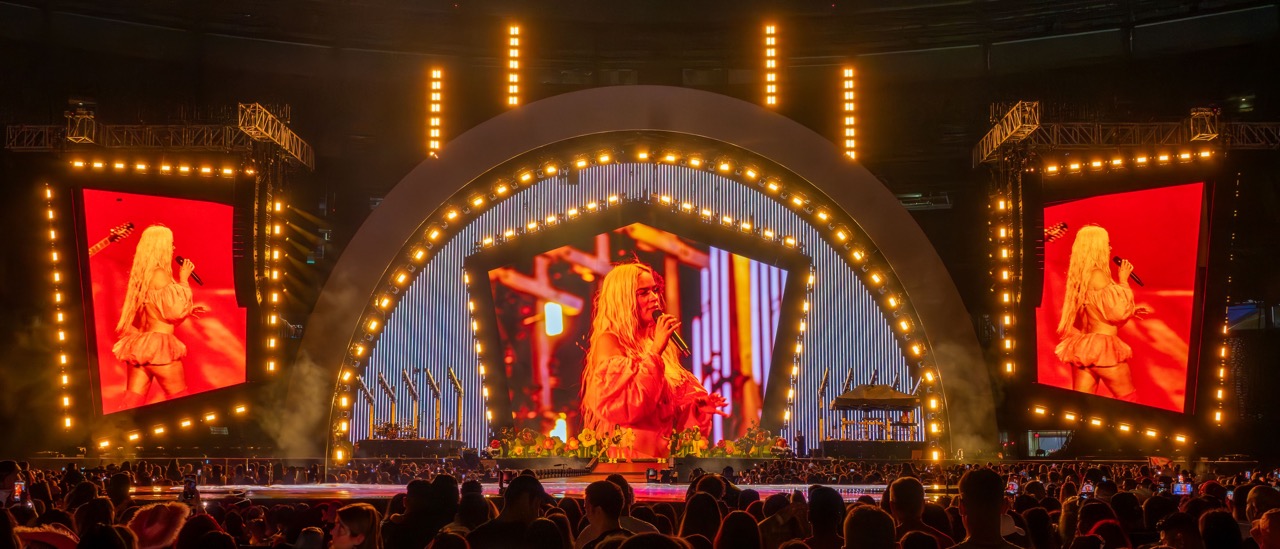
Photo: Scott Harris
“In this case we spilt the show into three sections: one was blue, one was pink, and one was multicolored. I’m generally quite monochromatic but even for me this was a challenge! But it was a beautiful one that let us play with timing, intensities, movement speeds, and more, so we could create really dynamic looks for the songs. I also made the decision to not use gobos, so the color blocks would be that much more poignant. They’re all tools to be used with certainty.”
So, what are the first things you look at when you start working on a design?
“I tend to have a two-pronged approach. On one end it’s the artistic side: I talk to the artist, to the other members of the design team, and start thinking what it could look like. I have a continuous roster of inspirations, new fixtures, old unrealized ideas, things I’ve learned, and even fixtures I want to have made for a particular purpose…. those are always on a conveyor belt in my head going round and round.
“At the same time, as a designer, it’s incredibly important to me that I consider the real, empirical side of the show. Are we in budget? Does this fit in the allotted truck space? Am I going to exhaust the crew every show? I have a responsibility as an advocate of my client to also consider the logistical side of a show. Having the crew that will tour this feel confident on the rig is vital.”
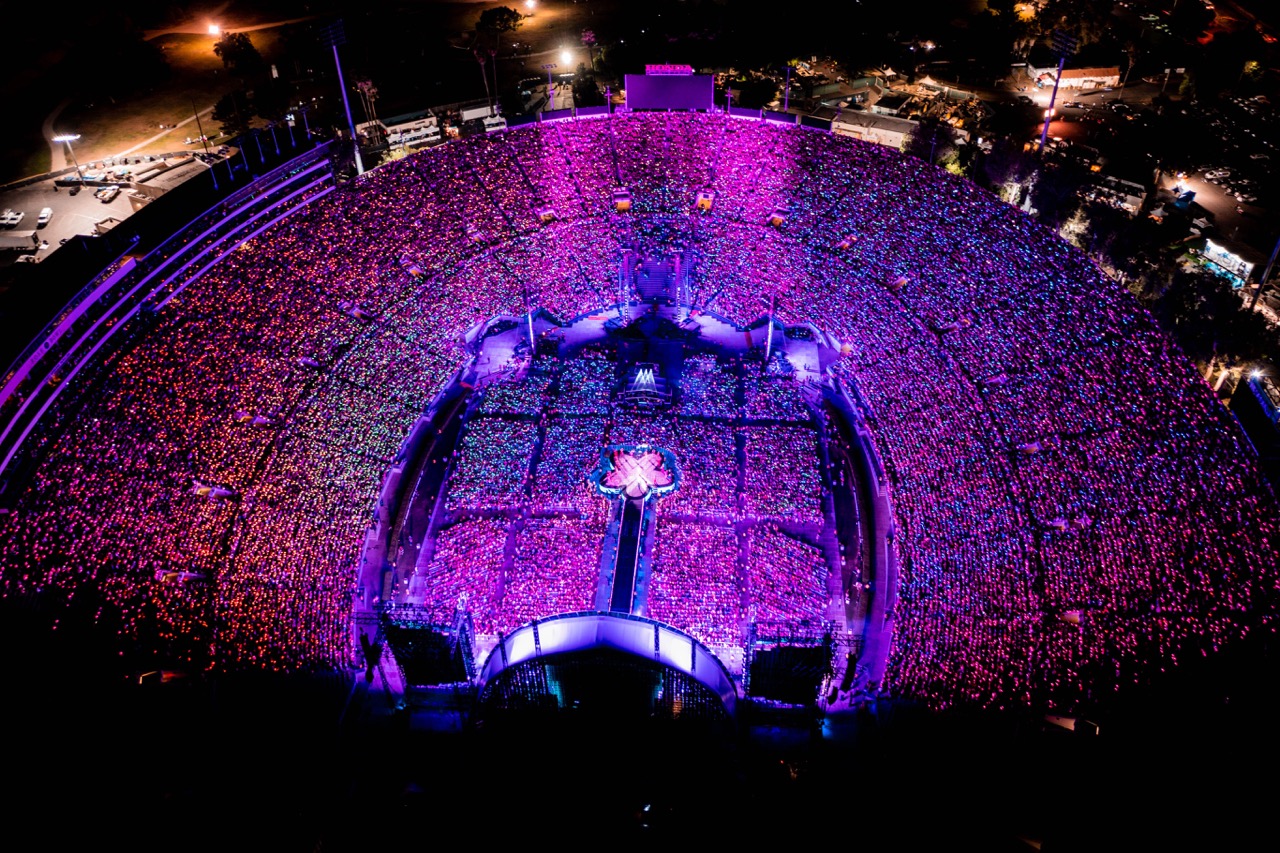
Returning to the Mañana Será Bonito tour, you did quite a bit of strobing in that show. How would you describe the role strobing plays in your approach to design?
“It certainly changes on every show. Karol loves strobes, ever since I met her, she’s asked me for more strobes. The great side effect of this is that it let us play with dynamics in a way that we don’t always get to do.
“Most of the show is perfectly lit for cameras, we have these beautiful cine cameras and they deserved to be treated with respect….but we also have moments where we strobe the artists on stage and make it much more rock and roll, grungier, sexier. It was important to us to fold all that strobing in a way that wasn’t detrimental to the rest of the show, and it didn’t get tiresome or repetitive. We have a ton of cues on every song because we had to weave all the dynamics and intensities in a musical way.”
Another impressive thing about the Mañana Será Bonito show, was that despite its massive size and all the impactful design elements, you always kept your client well lit. Can you tell us about how this reflects your design philosophy?
“The reality is that we’re all now part of the marketing of the artist now. You look out and see a sea of thousands of cell phones, all with cameras. We also have amazing cameras with amazing lenses in the show, and they’re all calibrated and chipped, but the audience has a smattering of stuff from all angles, and all that ends up on social media — and it’s all important. So, I put a lot of effort in lighting artists so they look good no matter what. It takes a lot of looking at the angles of the other fixtures, of not stepping on ourselves, talking to the video team, and metering a lot of fixtures. I do the same thing on theater tours and corporate shows — cameras are everywhere now and we can’t ignore them.”
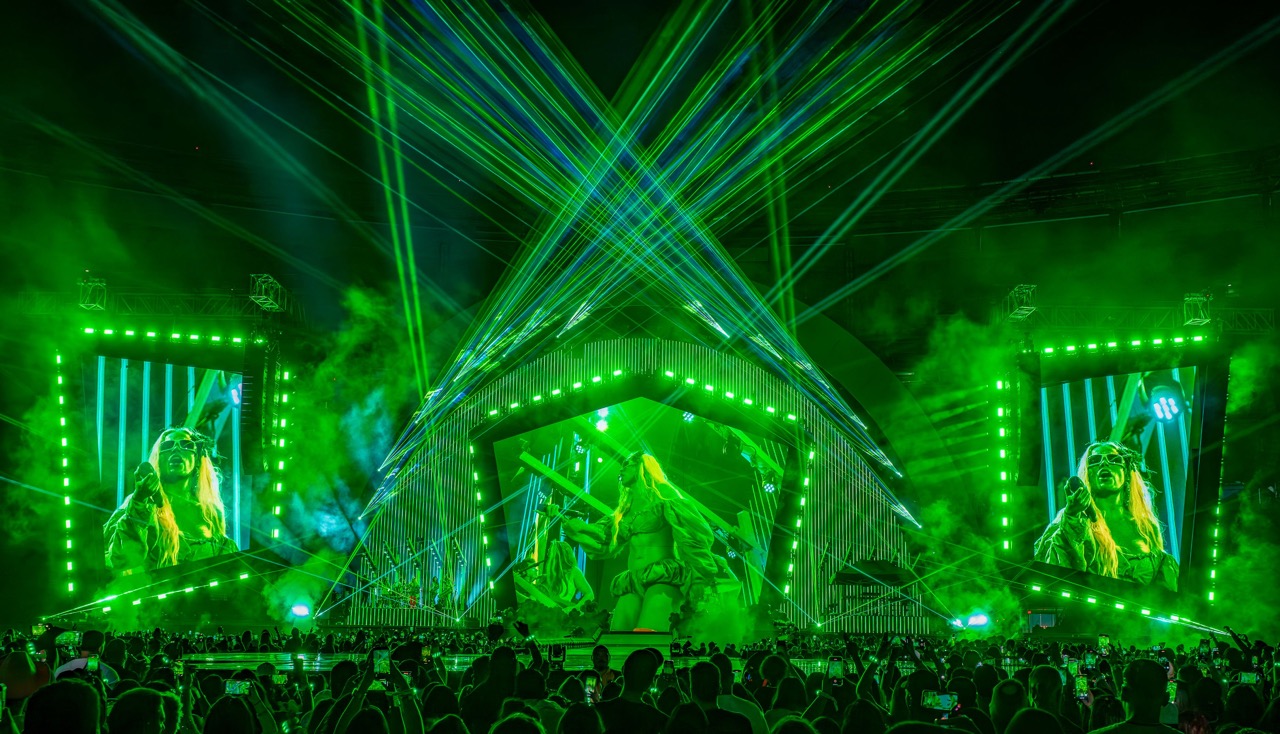
Photo: Scott Harris
Video seems to be taking on an expanded role in design, with the growth of immersive 3D screen configurations and blow-through walls. How does this affect you as a lighting designer? Does this impact the types of fixtures you spec?
“Yes and no, I think more than anything what’s been a frustrating item with video has been that most of them are natively brutally bright; and running them at five-percent creates banding and compression. So, we end up fighting this thing where we want them to work well, but also not have all our lights turned up to max — and on top of that we have to deal with what the cameras see.
“We really put in a ton of work metering, calibrating, and communicating with the video team to ensure we’re all rowing in the same direction, and with that comes picking fixtures that are higher CRI and have enough finesse to be able to dial in the perfect settings. With that said, having well executed video is such a bonus and opens such great avenues for a live show. So, it’s a matter of knowing what you’re walking into from the get go. We’re obviously going to need much more horsepower on a stadium sized LED wall than in a corporate event in a ballroom.”
You’ve lit a wide variety of different artists. Do you have to like a client’s music personally to do a good job lighting it?
“I feel like there is a bus looming towards me here….but absolutely not. It’s important to be open minded and respect the artist’s path and product, even if it doesn’t vibe with you. I can definitely say that the vast majority of the times, once I hear those songs live, they transform into powerful things. All artists have something they want to say, to show, and to make people feel; and it’s up to me to respect that and help support that vision.”
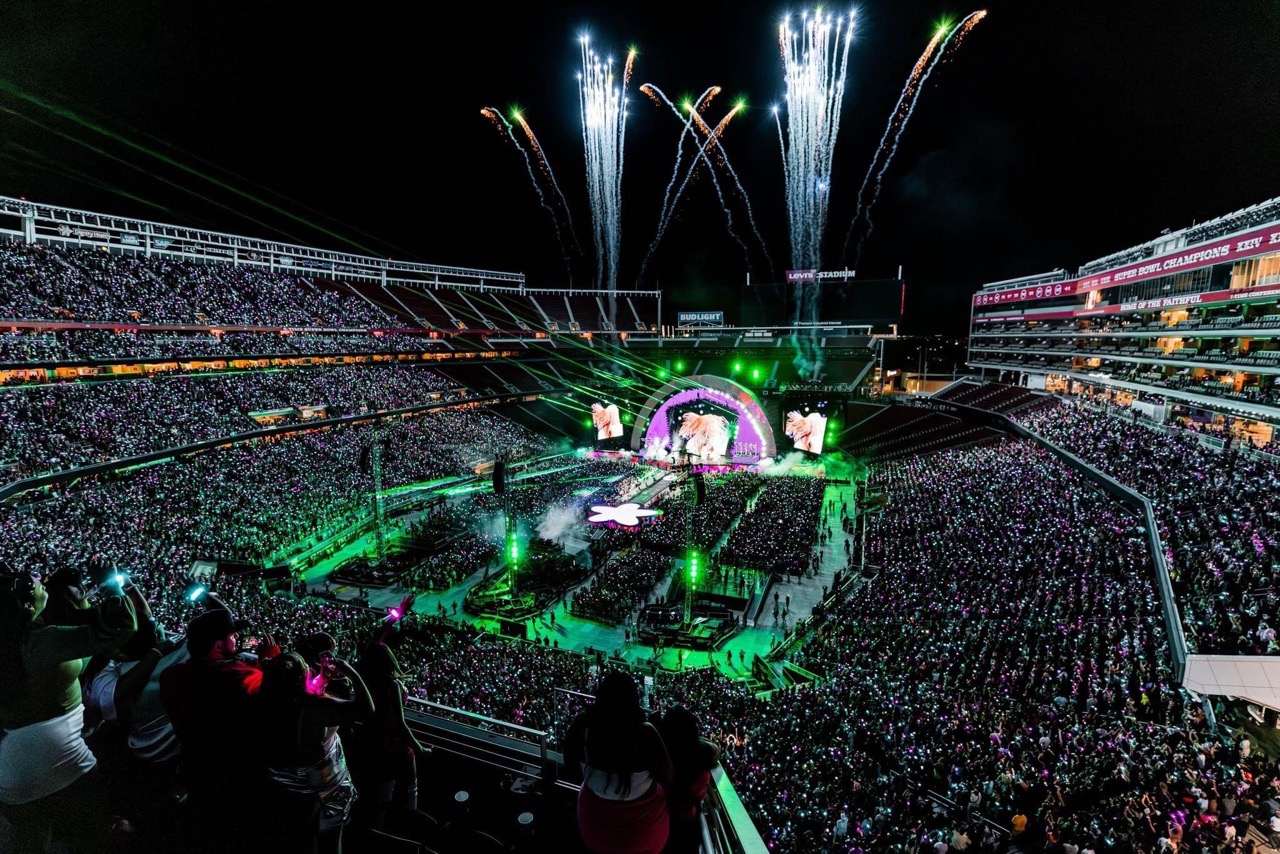
Speaking of different artist, you’ve worked on large tours for Tesla, Def Leppard and Janet Jackson. Does any particular show or tour stand out as an extra important learning experience for you?
“All of them do. I’ve been the lowest man on the totem pole, a tech, a crew chief, all the way to being the designer. I’ve gathered such a huge level of appreciation and respect for the crews, the managers, the artists; and have learned so much from all of them. Watching production managers figure out the logistics on these giant tours, stage managers loading 30 trucks at once, dancers doing a three-hour show…and all the tricks and techniques that come from it, is always rewarding. I have personal experiences attached to certain shows, but they all remain special.”
You’ve toured around the world. Does any venue stand out as your favorite, or most memorable?
“We did a show in Russia once that was in the biggest building I have ever been inside of. We played half of it, and even that stadium show looked like a postage stamp inside of it. Just astonishing to know humans are capable of that level of engineering. The Estadio Azteca in Mexico is truly gigantic, and watching the audience click their lighters to the beat, and seeing the delay in the audio across an entire stadium was epic.”
You’ve also worked as a lighting director as well as a designer. If you met someone at a party and they asked you, ‘so what’s the difference between a designer and a director?’ What would you say?
“’The designer creates and delivers the show, and the director maintains continuity during the tour.’ I always saw my role as a director to be responsible for keeping the integrity of the show that someone trusted me to take on. The design team have all worked so hard to create a show and then someone will hand me this creation, and I have to do my best to replicate that show every night. It’s what I expect from directors on my shows now.”
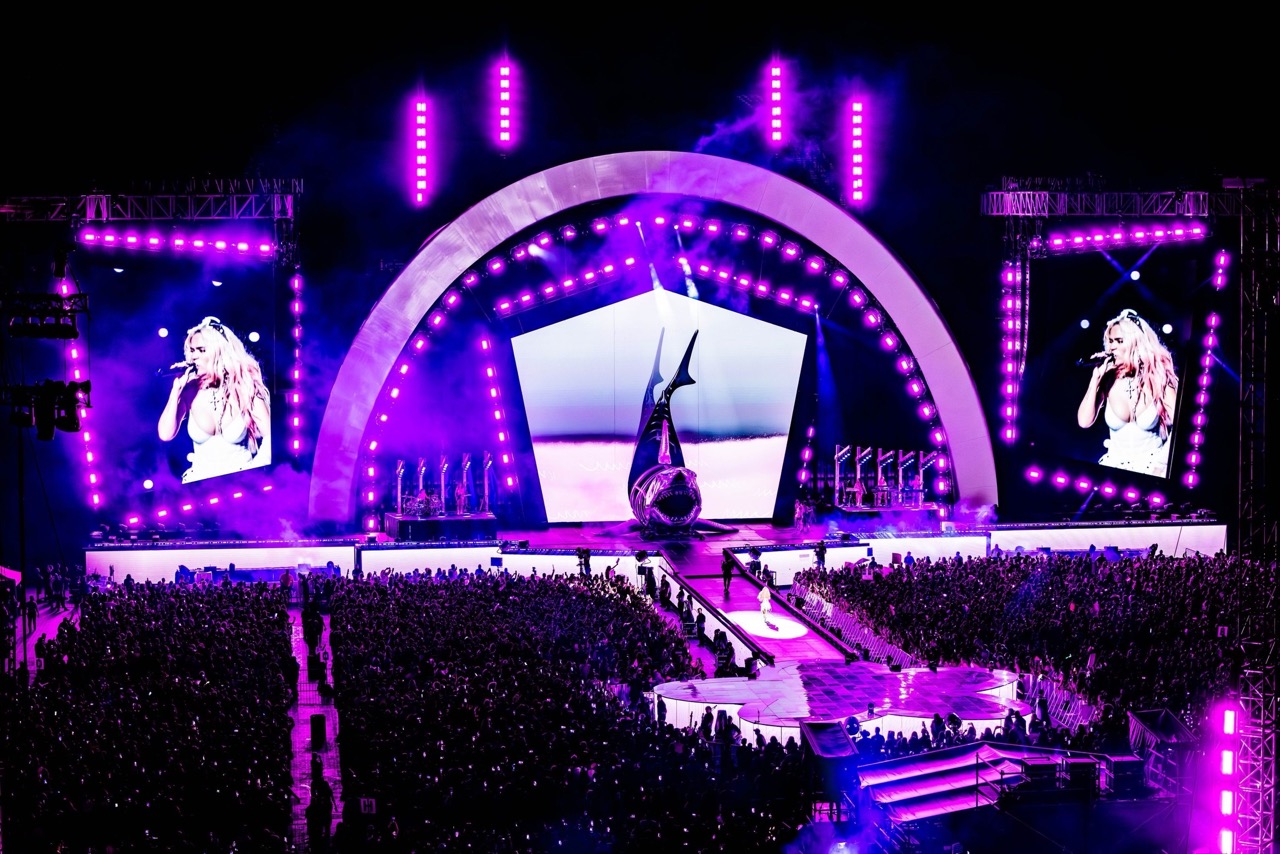
What are your thoughts on using atmospherics?
“I’m very picky when it comes to haze. I’ll insist on all the hazers be patched to the console, that they have fans, and I will chase haze all night long. As a general rule, I want enough haze to see the beams but not have it be like a London morning. At the same time, I also do use it as an effect at times, changing the granularity of the light and atmosphere to help build a scene. It’s all part of the picture.”
In your view, what are the most common mistakes that lighting designers make?
“Ah, yes! That would be – ‘just because it can, doesn’t mean that it has to.’ I understand the urge to use every color, every tool, every effect, but reticence is a learned behavior that I think should be applied by every designer. That and: ‘Just learn more!’ We talked about video before, and I had to – and still do — learn about cinematography to understand the relationships between all the elements.”
You’re from Buenos Aires and started your career there. How did that influence your development as a designer and director?
“Well, I’m not afraid of walking anywhere at 2am…. I’d say there a few influences. On the artistic side it’s a whole cultural shift. How we perceive music and rhythm in South America, how we treat language, personal relationships, all of that is part of my emotional field and that gets tapped into a lot when designing. On a more dry side, I look at budgets carefully, I want to make sure I don’t have conflicts of interests between vendors, myself, and clients; all the things that are maybe tainted from our political and economic landscape down there that I don’t want to drag into my professional life.”
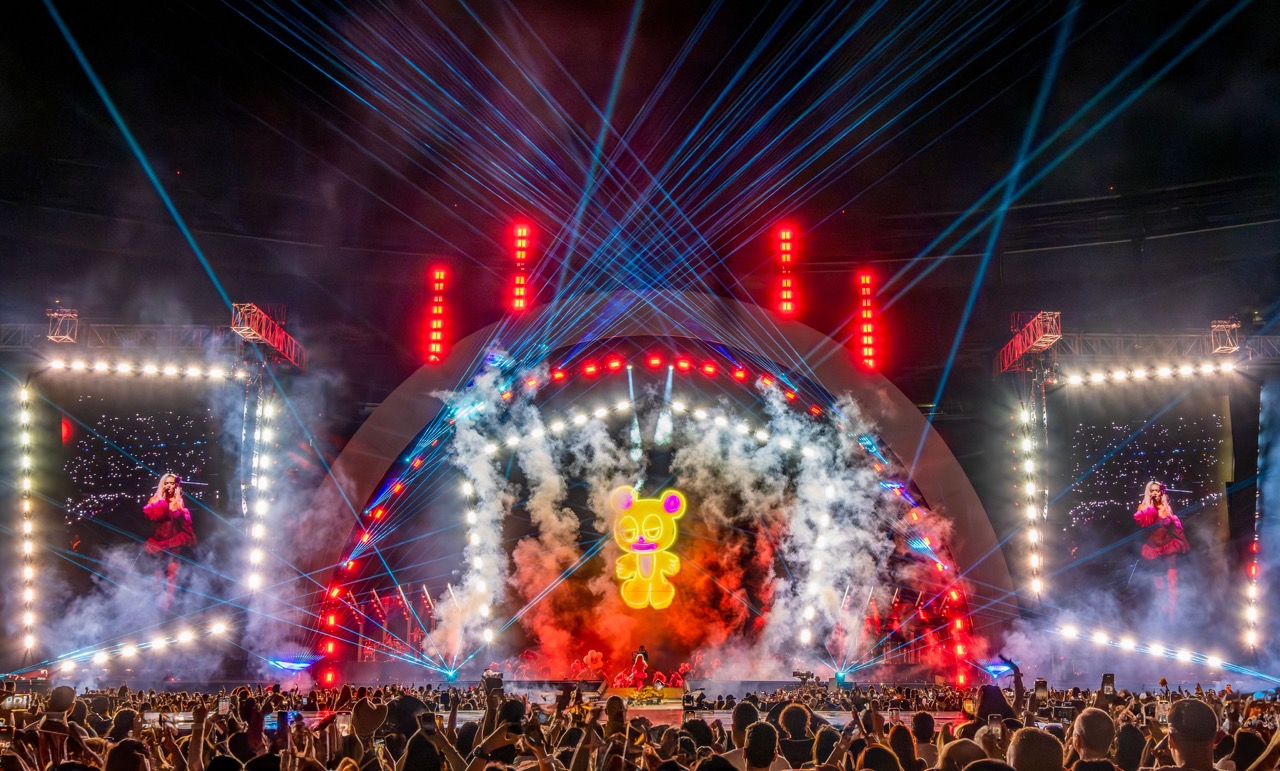
Photo: Scott Harris
Who were the big influencers in your career?
“That could be a massive list. I will say there are people that took especially large chances on me as a ‘foreigner’ with huge dreams: John Huddleston and the entire team at Upstaging, who helped me get my first job; Nook Schoenfeld, who was my roommate at one point and gave me my first band to light; Phay MacMahon, who was a mentor in terms of production; and obviously John Featherstone, who welcomed me to Lightswitch, and has become a partner as well as a dear friend. I would certainly have had a much harder time being where I am without them.”
Lighting seems to be much more tightly woven into the overall production today than it did when you started, when it was more of a stand-alone element in a show. How does that influence lighting design?
“I think it makes everything better. Travis Shirley and I worked together from the get-go on Mañana Sera Bonito and it means the design is homogeneous and integrated. It really helps the creative side be so much tidier and the production elements come together so much better. It does also mean we have to make concessions and stand our ground at different times, but I personally think the end result is so much better.
“On shows where I design the set as well as the lighting, like for Il Divo’s A New Day tour, it means I can engineer hiding holes, I can think about the show as a whole, and talk with the production team about how to build this every day, how it travels. It really makes the final product tighter, more cohesive, and in the end, we deliver a prettier show.”
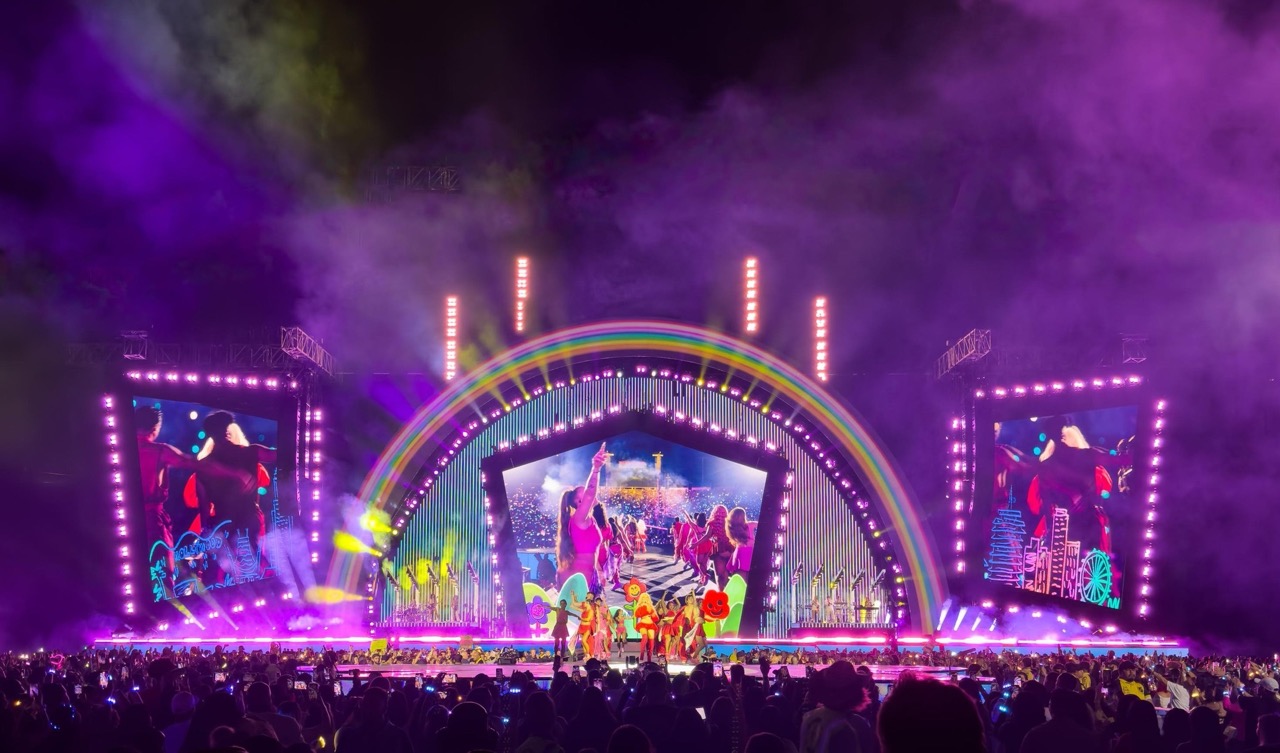
What do you think you would have done if you didn’t become a lighting designer/director?
“Well during COVID we opened a Brazilian Jiu Jitsu school, I would have also loved to become an architect or an industrial designer. As much at it chagrined my dad, I would have not been a farmer.”
What is the one thing you want people to know about you as a lighting professional?
“I truly, deeply believe I’m a designer, not an artist. I cannot remove the practical side of my brain, it’s part of the challenge that I love to solve every show, juggling all the different problems until they achieve a balance. That and I really believe in collaboration and advocating for the artists, clients, and other team members that trust us with their show.”